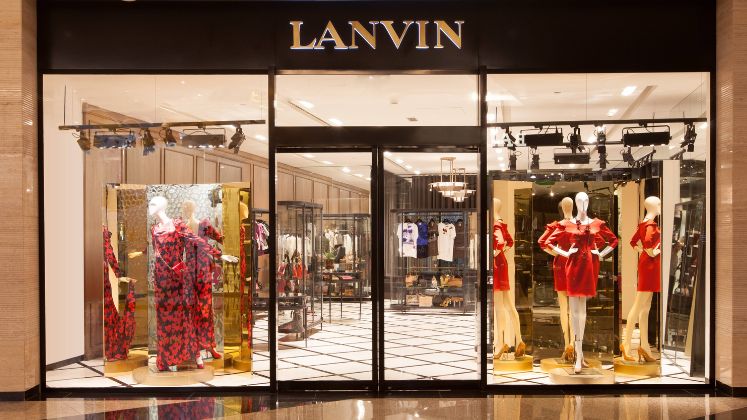
Lanvin Group, the luxury fashion house that owns Lanvin, Wolford, Sergio Rossi, St John, and Caruso, reported first-half revenue of US $ 155.6 million, down 22% year-on-year, as global luxury demand continued to weaken.
The decline was largely driven by softer wholesale performance in EMEA and Greater China, alongside broader market pressures. Despite the slowdown, the group highlighted that efficiency measures and disciplined cost management are starting to take effect. Gross profit stood at US $ 84.2 million, with a margin of 54%, supported by tighter inventory control during what it described as a period of creative transition.
Lanvin Group chairman Zhen Huang said the company remained focused on maintaining financial discipline despite the downturn. He added that with new creative leadership and continued investment in product innovation, the group is “well-positioned to capture opportunities as the market environment improves.”
Among its brands, Lanvin recorded the sharpest decline, with revenue falling 42% due to cautious wholesale partners in EMEA. Retail in the region showed more resilience, while Asia-Pacific progressed in line with strategy and North America e-commerce rebounded strongly under a new marketplace model.
Wolford’s revenue dropped 23%, though wholesale sales rose 14%. Gross margin was impacted by lower production utilisation and inventory clearance, offset partially by an 18% reduction in general and administrative costs.
Sergio Rossi saw sales fall 25%, with direct-to-consumer revenue down 21% and wholesale sliding 33%. However, the brand reported signs of recovery in the second quarter, with retail sales up 17% and e-commerce growing 10% from the previous quarter.
St John’s performance remained stable, with revenue broadly flat. The brand posted 4% growth in North America, an 11% rise in wholesale, and maintained a 69% gross margin and an 11% contribution margin.
Caruso’s revenue declined 11%, mainly due to a temporary slowdown in its Maisons business.
Adjusted EBITDA for the group was a negative US $ 60.8 million, compared with negative US $ 49.1 million in the same period last year, reflecting lower revenue.
Looking ahead, executive president Andy Lew said the focus will be on refining the retail footprint, strengthening wholesale partnerships, and leveraging new creative leadership. He added that the first half was dedicated to operational discipline and setting the foundation for growth, while the second half is expected to build brand momentum and increase consumer engagement through fresh creative direction, targeted marketing, and refined channel strategies.






